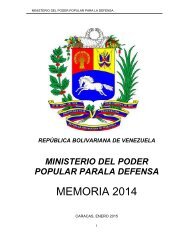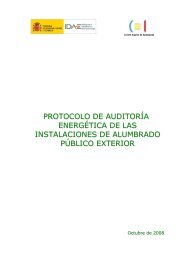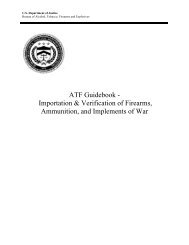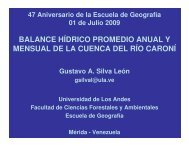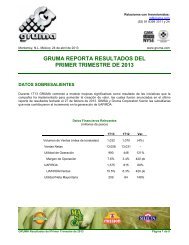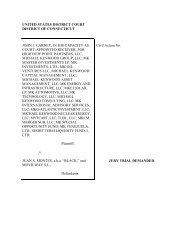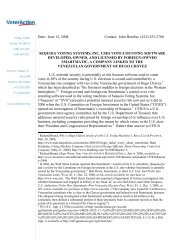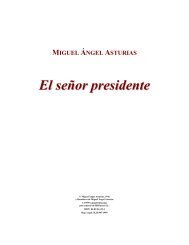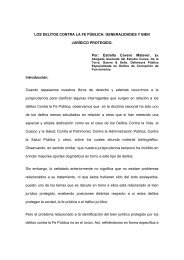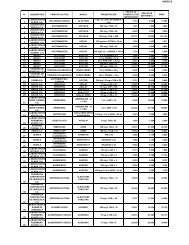broschuere ee zahlen en bf
broschuere ee zahlen en bf
broschuere ee zahlen en bf
You also want an ePaper? Increase the reach of your titles
YUMPU automatically turns print PDFs into web optimized ePapers that Google loves.
mArket introdUction<br />
42 R<strong>en</strong>ewable Energy Sources in Figures<br />
Expanding the use of r<strong>en</strong>ewables in the heat and mobility<br />
sectors: Legislation, promotion and impacts<br />
The Act on the Promotion of R<strong>en</strong>ewable Energies in the Heat Sector (Erneuerbare-<br />
Energi<strong>en</strong>-Wärmegesetz)<br />
In view of the great importance of the heat market, the expansion of r<strong>en</strong>ewable <strong>en</strong>ergy<br />
has a c<strong>en</strong>tral role to play here: some 55 % of final <strong>en</strong>ergy requirem<strong>en</strong>ts in Germany are due<br />
to the heat market. The main instrum<strong>en</strong>t for increasing the proportion of r<strong>en</strong>ewable <strong>en</strong>ergy<br />
in the heating market is the Act on the Promotion of R<strong>en</strong>ewable Energies in the Heat Sector<br />
(EEWärmeG) in combination with the market inc<strong>en</strong>tive programme (MAP). The Act <strong>en</strong>tered<br />
into force on 1 January 2009.<br />
The R<strong>en</strong>ewable Energies Heat Act aims to <strong>en</strong>sure that by the year 2020 at least 14 % of heat<br />
in Germany is g<strong>en</strong>erated from r<strong>en</strong>ewable <strong>en</strong>ergy sources. This is int<strong>en</strong>ded to reduce CO 2<br />
emissions in the <strong>en</strong>ergy supply sector, conserve resources and make a contribution to reliable<br />
and sustainable <strong>en</strong>ergy supplies. In addition to individual inc<strong>en</strong>tives for improving expansion<br />
of local and district heating networks, the Act is ess<strong>en</strong>tially based on two pillars:<br />
Firstly, owners of new buildings constructed since 1 January 2009 must use a certain minimum<br />
perc<strong>en</strong>tage of r<strong>en</strong>ewable <strong>en</strong>ergy sources for their heat supplies. This requirem<strong>en</strong>t can<br />
be met by all forms of r<strong>en</strong>ewable <strong>en</strong>ergy capable of being used to g<strong>en</strong>erate heat, including<br />
combinations thereof. Thus owners may use heat from solar radiation <strong>en</strong>ergy, geothermal<br />
<strong>en</strong>ergy, ambi<strong>en</strong>t heat and biomass to satisfy the requirem<strong>en</strong>ts. Instead of r<strong>en</strong>ewable <strong>en</strong>ergy<br />
sources they may also use other climate-fri<strong>en</strong>dly measures, known as “substitute measures”:<br />
This means the use requirem<strong>en</strong>ts can also by met by using heat from co-g<strong>en</strong>eration, exhaust<br />
heat or district heating, and also by means of better heat insulation going beyond the stand-



